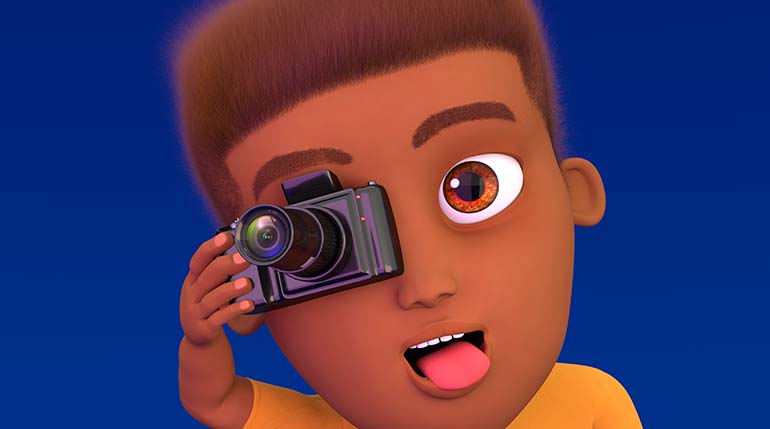Adobe Photoshop has been in existence since 1988. This fantastic software was created by Thomas and John Knoll. This software is an industry-standard for raster graphics. Motion picture editing/animation has also been implemented with the use of the timeline in Adobe Photoshop.
WHAT CAN ADOBE PHOTOSHOP DO?
Initially, people use Adobe Photoshop as an image editing tool. During this process, a user will be able to perform some editing work on a particular image. Users make use of Photoshop to retouch photos, remove pimples, highlight, and stray hairs, reduce bags under eyes, bloodshot eyes, lighten teeth, increase eye size and even swap out or change an image background.
Today Adobe Photoshop has gone far in functionality beyond image editing. People today use software to do so many things. Such as:
- Image Editing
- Image Manipulation
- Image Enhancement
- Image Processing
- Logo Designing
- Website user interface design
- Conceptual design
- Digital painting
- Timeline animation
- Brochure design
- Flyer design
- 3D designs
VERSIONS OF ADOBE PHOTOSHOP
As of 1988, the demo version of Photoshop 0.07 was released, although not for public use. By March 1989 first version 0.87 was distributed commercially by the scanner company Barneyscan. Version 1.1 came out in February 1990 and by June 1991 version 2.0 was made even better with CMYK Color, Paths, and EPS Rasterization. The above versions of Photoshop can only run with the Macintosh operating system.
Version 2.5, 3.0, 4.0, 5.0, 5.5, 6.0, 7.0 & 7.0.1 was able to run on both Mac OS and Windows making Adobe Photoshop a cross-platform software. As of 2002 Camera RAW 1.X, the Optional plugin was introduced to Photoshop for better enhancement. Additional tools such as vector shapes, liquify, Layer, styles/blending options dialog with the healing brushes were added to Photoshop.
CS (Creative Suite) came out in October 2003 with much better features than the later versions. By 2005 CS2 (9.0) was introduced with HDRI (High dynamic range imaging) and the ability to support 32 bit per channel floating point. CS3 EXTENDED came out in April 2007 followed by CS4 around October 2008 and CS5 by April 2010.
CS6 EXTENDED came out in May 2012 with a lot of features. This features includes:
- User interface redesign
- Auto and background saves
- Content-aware Patch and Move tools
- Blur Gallery includes tilt-shift, Iris, and field that can be used to create depth of field effects
- Color Range: skin tone and face detection
- Adobe Camera RAW 7.0
- Enhanced crop tool with straighten option
- New properties panel that can be used to vary properties of adjustment layers
- Enhanced video support
- Oil Paint filter now ships with the program
- Adaptive Wide Angle filter
- Paragraph and Character Styles
- Built-in support for Middle Eastern languages
- Updated Printing UI
- 3DLUT adjustment
- Overhauled vector tools including stroking of vector paths, dotted or dashed
- Snap to Pixel for vector tools and transforms
- 3D UI completely redid, now easier to use
CS6 EXTENDED runs with mac and windows SP3.
Finally CC (Creative Cloud) 14.0 was released in June 2013, CC 2014 (15.0) followed in June 2014. By the middle of the 2015 version, CC 2015 with more adjustment and User Interface friendly design was out. Adobe Photoshop CC 2017 came out in December 2016. The latest version of Adobe Photoshop is CC 2017 (18.1.1 or 20170425.r.252) which was updated by April 2017 with better features than the later versions.
Graphic designers and digital artists have a lot of wonderful work with the software and many are still learning how to create fantastic designs with Adobe Photoshop.
Don’t be left behind!
Start learning today!!
For your professional training on Adobe Photoshop click here…


